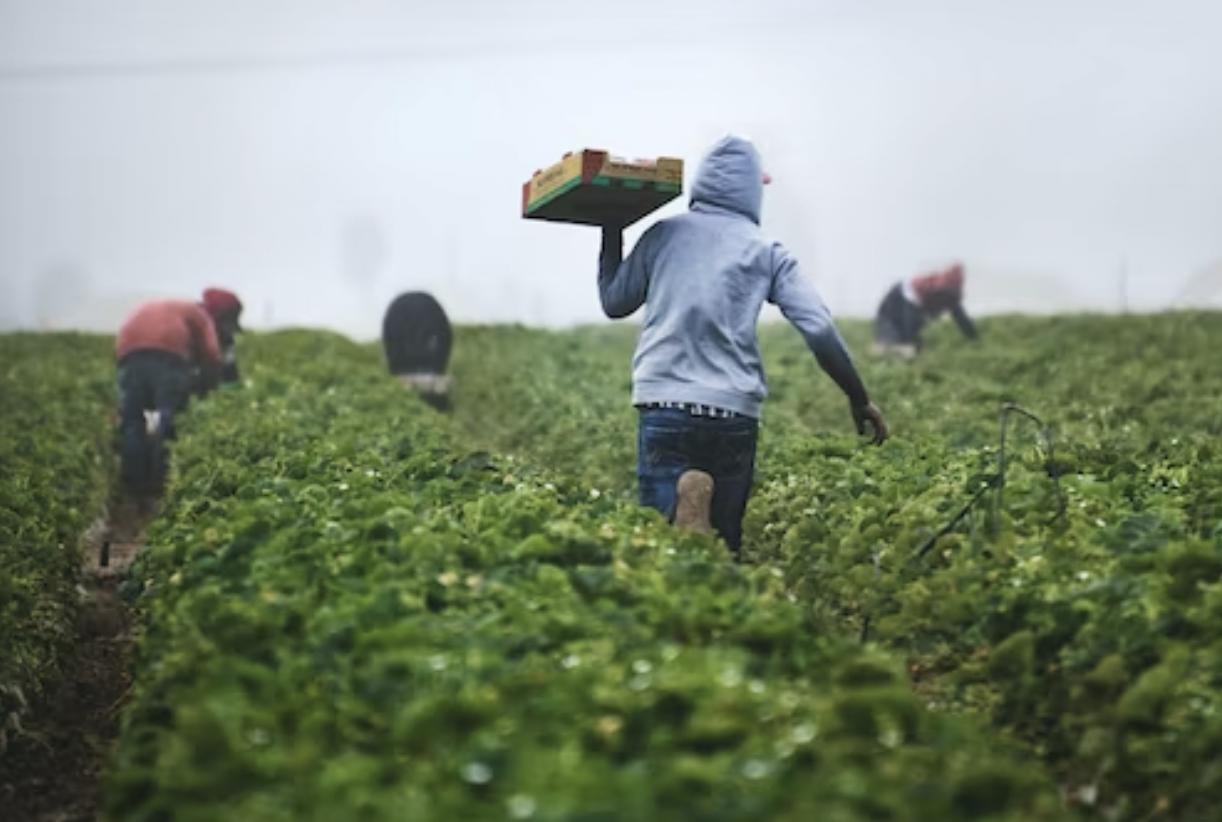Extortion and Exploitation: Value of Migrants in Mexico and the United States
According to the Office of the United Nations High Commissioner for Human Rights, nations are required to protect migrants from human rights violations. This includes protecting them from non-government actors that may exploit them through means such as abusive employment, human trafficking, forced smuggling, and ransoms. However, the reality for Latin American migrants is a stark contrast. Whether migrants leave their respective countries due to economic instability, political uncertainty, or organized crime, they face one common threat: exploitation. Migrants are commodified by members of organized crime, abusive employers, and corrupt authorities, and may be targeted based on factors such as their nationality, economic background, and gender. Subsequently, they may face different forms of exploitation such as extortion, forced labor, trafficking, and prostitution.
Cartel Consumerism
Drug cartels have created an industry profiting from migrants at varying stages of their journeys. Due to the militarization of Mexico’s southern borderin recent years, an increasing number of Latin American immigrants have turned to smugglers known as “coyotes” and “polleros” for help crossing the border into the United States. Observing this trend, cartels inserted themselves into the market to increase their own profits. By controlling smugglers, cartels determine the price of crossing borders and the profit made from migrants. In addition, drug cartels exploit migrants by forcing them to be drug mules or serve other roles. Many are threatened with death, and although some are offered a reduction in fees for crossing the border, they are still forced to participate in trafficking as they may feel threatened.
Cartels may also profit more directly from migrants, particularly Central Americans, by holding them hostage and forcing relatives to pay ransoms worth thousands of dollars. Those with contacts in the United States, who are assumed to be wealthier, are targeted. If it is determined that a ransom will not be paid, migrants are murdered, as they have lost their monetary value. However, if the migrants or their families are able to pay the ransom, part of the profit made by cartels goes to authorities in Mexico, effectively fueling a corrupt cycle of impunity, which ensures that the state does not fulfill its international obligation in defending the human rights of migrants.
Multi-Government Ignorance of Abusive Labor
Whether turning a blind eye or being actively involved in the exploitation of migrants, complicit and corrupt Mexican authorities often receive bribes commonly referred to as ‘la mordida’. This has become a more common practice due to militarized checkpoints, particularly near Mexico’s southern border. Meanwhile, in Mexico’s northern border, officials have charged migrants up to $3,500 to be added to a waitlist in order to claim asylum in the United States or have forced them to pay in order to leave immigration centers. Both Mexican and Central American migrants are targeted by officials, and have denounced the authorities who demand money to allow them to move freely through Mexican territories. Corrupt officials accept bribes from criminals or may directly extort migrants, creating a cycle of complicity, profiteering, and impunity, resulting in hundreds of migrant deathsin recent years. Meanwhile, American officials questioned by Jodi Goodwin, an attorney experienced in immigration law, claimed they have no connection to what happens on Mexico’s side of the border; however, restrictive American immigration policies, lack of communication with Mexico, and officials turning a blind eye to corruption at the border have facilitated the practices that prey on migrants.
Even if immigrants are able to make it to the United States, they may still be exploited through unfair labor practices, resulting in hundreds of unpaid hours, due to Mexico’s noncompliance with the International Labor Organizations’ “general principles and operational guidelines for fair recruitment”. The lack of legal and political protection and threat of deportation feeds into the system of corruption, allowing companies to also profit off of this system. Between 2015 and 2020, 4,800 migrants authorized to work in the US under the H-2A work visa program were identified as human trafficking victims. They are considered to be some of the most exploited workers in the United States due to hazardous work and living conditions, which often subject them to injury or even death. This is facilitated by ineffective policies in both the United States and Mexico, allowing for the exploitation of migrants.
Photo Credit: Tim Mossholder
Anti-Immigrant Policies
Immigration policies in the United States do not ensure migrants equal protection. Instead, the policies marginalize certain groups, which further facilitates their exploitation. For example, Indigenous immigrants may suffer during legal processes because they do not have access to adequate translation assistance, increasing their likelihood of being deported. Other policies such as the “Remain in Mexico” program have made it easier for groups to target migrants. Under this Trump-era policy, asylum seekers were sent to Mexico to wait to be processed, even if they were not originally from Mexico. Once migrants were sent to Mexico, they were not provided with legal assistance, health care, or education; furthermore, some were detained in centers that failed to follow mandates preventing COVID-19. Additionally, Central American asylum seekers waiting in Mexico were deported without due process. The policies and inadequate infrastructure further contribute to desperate conditions, making immigrants feel that they are unable to rely on the current legal structures.
While the United States often calls out human rights violations around the world, it has contributed to an ongoing crisis at its own border. In conjunction with Mexico’s inadequate infrastructure, authorities in both countries continue to marginalize vulnerable migrants. Unable to rely on the existing institutions, migrants will continue to be targeted by corrupt authorities, abusive employers, and cartels, until governments are willing to provide protection.
Photo Credit: Wotancito

